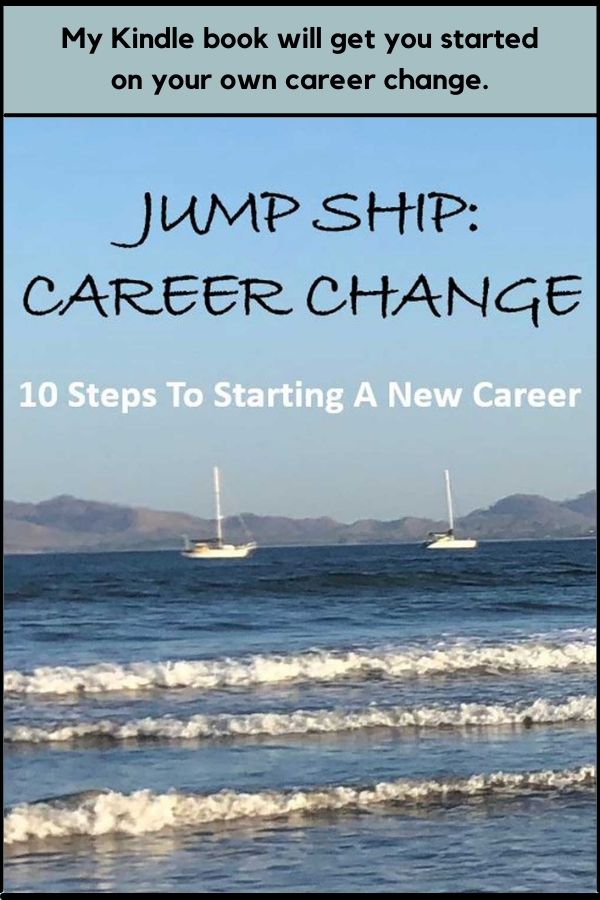Looking to improve your LinkedIn presence? Check out my guide to optimizing your LinkedIn profile for your dream career.
Interestingly, I got a question from a reader about how to explain an employment gap specifically for LinkedIn and not for a resume or just in general. I wonder which of these options applies to this reader:
- She forgot to ask about the resume;
- She already solved the employment gap issue on her resume; or
- She thinks she needs to explain an employment on LinkedIn differently than on a resume or elsewhere.
Not knowing which of the three applies, I’m going to stick to the original question and address LinkedIn specifically. However, these suggestions apply to the resume as well and should be used for a resume, as an employment gap on the resume is also a red flag that needs explaining. LinkedIn and resumes do have some differences (I explain more about these differences on Forbes in a LinkedIn Vs. Resumes post).
Here are five suggestions for how to explain an employment gap on LinkedIn:
Smooth out the gap by presenting your dates in years, if your gap is 11 months or less
If your gap is less than a year and you have more than five years of experience, you don’t need to call out the gap – smooth it over by presenting your dates in years only instead of months and years. Your years will run consecutively, and the gap in months is minimal anyway since you have multiple years of experience. If you have less than five years of experience, then a gap of several months is a more significant portion of your total career background so you will need to explain it. In this case, follow the other suggestions below.
Insert a placeholder for the gap that describes what you did
Consultant, Freelancer, Sabbatical, or Travel are some examples of placeholders you can use for the Company or Employer line (unless you created a separate name for your consulting or freelance work, in which you use the actual company name). Skip the title because the company line doubles as your role. Use the job description to explain what you did – e.g., what projects you worked on, what you did on your sabbatical, where you traveled, etc.
Highlight a tangible achievement from your gap period
Let’s say that you took two years off primarily for family leave or an illness or a sabbatical where you ended up doing nothing for a long period of time. However, by the end of the two years you also wrote a book or served on the event committee for a community organization or did something tangible for some of that time. Name that particular result on your LinkedIn or resume for your gap period. Your two years would then be listed as [Title of Book], Author; or [Name of Community Organization], Event Volunteer; etc.
Looking to improve your LinkedIn presence? Check out my guide to optimizing your LinkedIn profile for your dream career.
Leave the gap in your Experience section but explain what you did in your Summary or Additional Information sections
Whether you decide to include a placeholder like Consultant or Sabbatical, or list a tangible achievement like a book or event to explain your gap, you can still leave it out of your Experience section where your other jobs are and put it in a different section, such as your Summary on the top or Additional Information. The advantage of this is that it acknowledges that the experience is different from the traditional work structure. Formatting it this way also gives you more flexibility in how you describe what you did. You can include just one bullet on your gap period, rather than a Company with title, specific dates and bullet points.
Skip the written explanation and save it for the interview
Some employers or recruiters will look down on gaps regardless of the reason. Some won’t care at that much. Most will be flexible depending on what the role is and how well the rest of your background fits. If the gap is far in the past, an anomaly from otherwise steady tenures, or you’re in a fast-growth, candidates’ market, then you may not have to address the gap at all. You should still be prepared to discuss it during your interview – why it’s there, what you did. Sometimes a gap won’t be an obstacle to getting an interview.
Whatever approach you take, remember that your ultimate objective is to calm any anxiety about the gap that prospective employers or recruiters may be feeling. You don’t want them to think the gap was because you didn’t want to work anywhere or because no one would hire you. You don’t want prospective employers or recruiters to think your skills have atrophied and your expertise is now out-of-date. Therefore, the most important part of your LinkedIn profile or resume is still everything around the gap and especially what you have done most recently.






